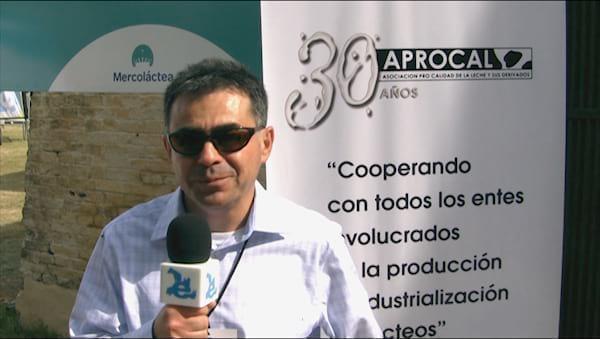Mastitis Prevention
Principle-Based Mastitis Prevention
The article is presented nicely with explainatory notes for each principle to be followed. However, it has been observed in practice on most of the dairy farms that despite strict implementation of such PRINCIPLES( and some more)desirable results have not been achieved for controlng mastitis. Out of all these principles the most important principle is at No 8-monitoring of mastitis status for reducing mastitis outbreaks and culling of affected animals. The criterion for monitoring mastitis are SCC and culturing of milk for infectious agents causing mastitis.
First of all let us see how SCC is raised and the infections get implicated in the etiology of mastitis in dairy animals. The normal pH of milk in each healthy quarter is ~6.50(slightly acidic) but that of mastitic milk is 7.0-9.0(alkaline).The most crucial ingredient in milk synthesis during lactation is citrate the harbinger of lactogenesis. Citrate synthesis shoots-up in udder during 2-3 days arround parturition in dairy animals. Citrate levels of normal milk in udder are 130-180 mg/100ml while mastitic milk has 40-80mg/100ml. Citrate maintains the normal pH of udder through equiliberating Ca2+ and H+ and preserves the fluidity of milk by sequestering Calcium. In citrate deficiency its moderator effect on pH maintainance and Ca2+ and H+ equiliberation is reduced to a bare minimum resulting in clumping of calcium in the form of flakes. These calcium flakes behave like lime which inflict injury to the secretory epithelium in the udder and initiate inflammatory reaction at the injured site. Due to inflammatory reaction the " Tight junctions" between udder and blood become compromised and leaky. There is swapping of ions like Na, K, Cl, Hco3, Citrate etc., resulting in eqalising the pH of bllod and milk(7.4 ) and may be higher. The injury in the udder and alkaline milieus provides most conducive medium for the establishment of environmental pathogens e.g., Staph. E. coli and others which are routinely isolated from mastitic milk. The initial lesion in the udder is caused by clumps of calcium and infection is secondary in mastitis.We replenished the citrate deficiency in mastitis cases in bovines by administering tri-Sodium citrate orally 30gm in 250ml of water once daily till recovery which took 3-5 days. We also treated mastitis cases with I/V administeration of 5% tri-Sodium citrate in sterile normal saline twice daily which took 1-3 days. This treatment was also effective against mastitis cases which were refractory to usual antimicrobial agents. The treatment is safe, economical, free from residual hazards, no culling easy to administer. Some pharmaceuticals have marketed some formulations containing tri-Sodium citrate as the major content and recommended for prevention and treatment of mastitis in bovines. (See our article on Engormix.com technical articles, Pathobiology, etiology and treatment of mastitis in buffaloes, by KS Dhillon and Jasmer Singh)
Jasmer










